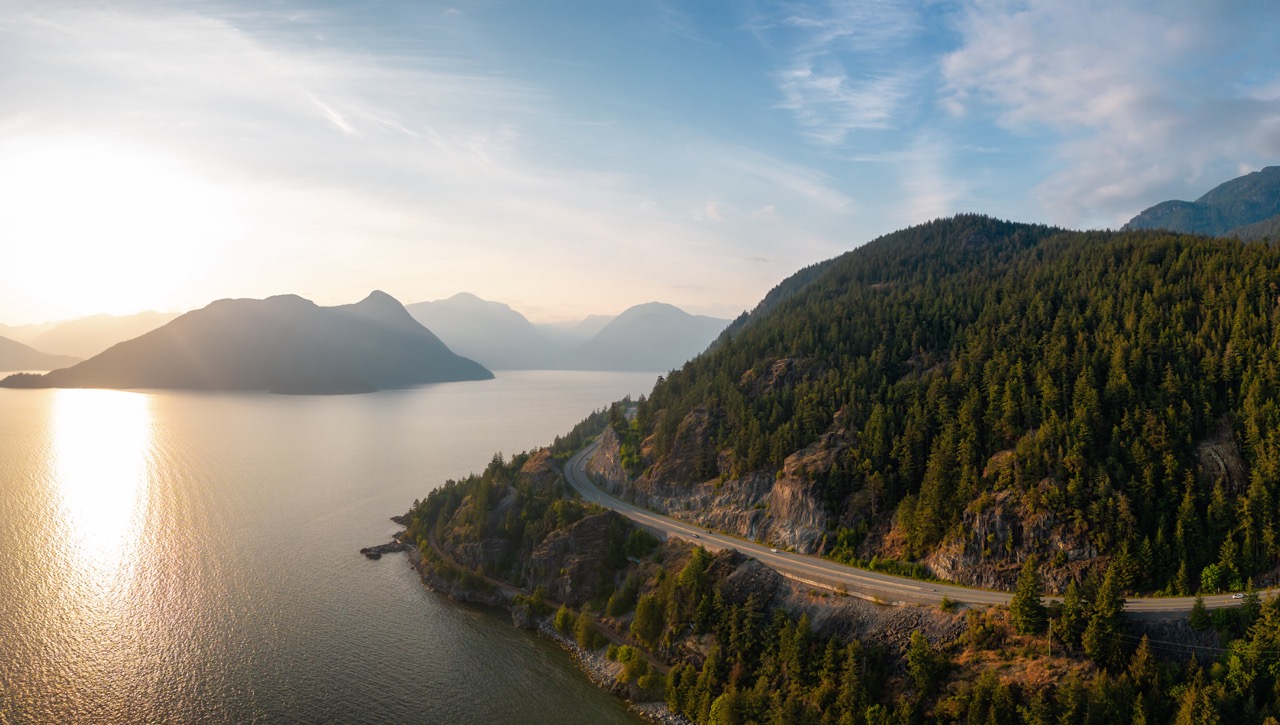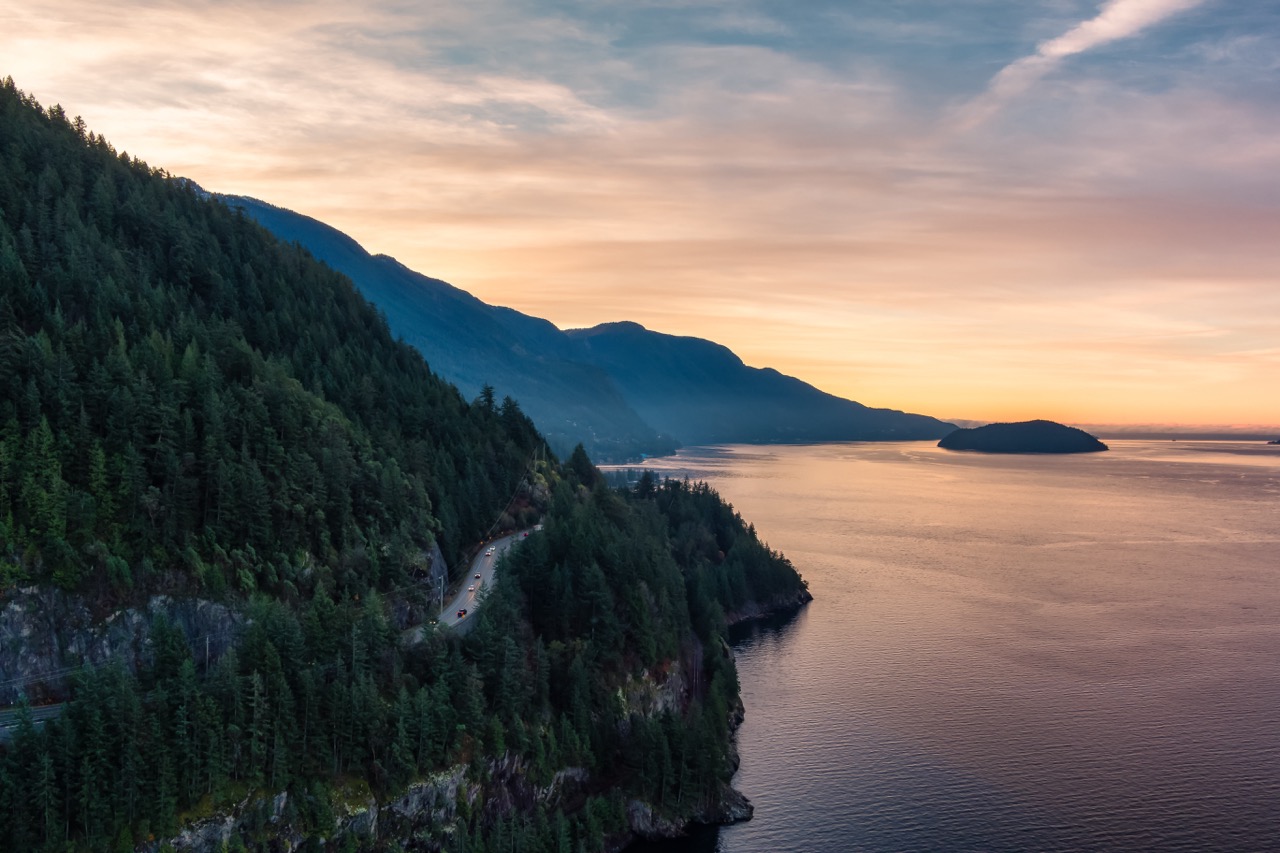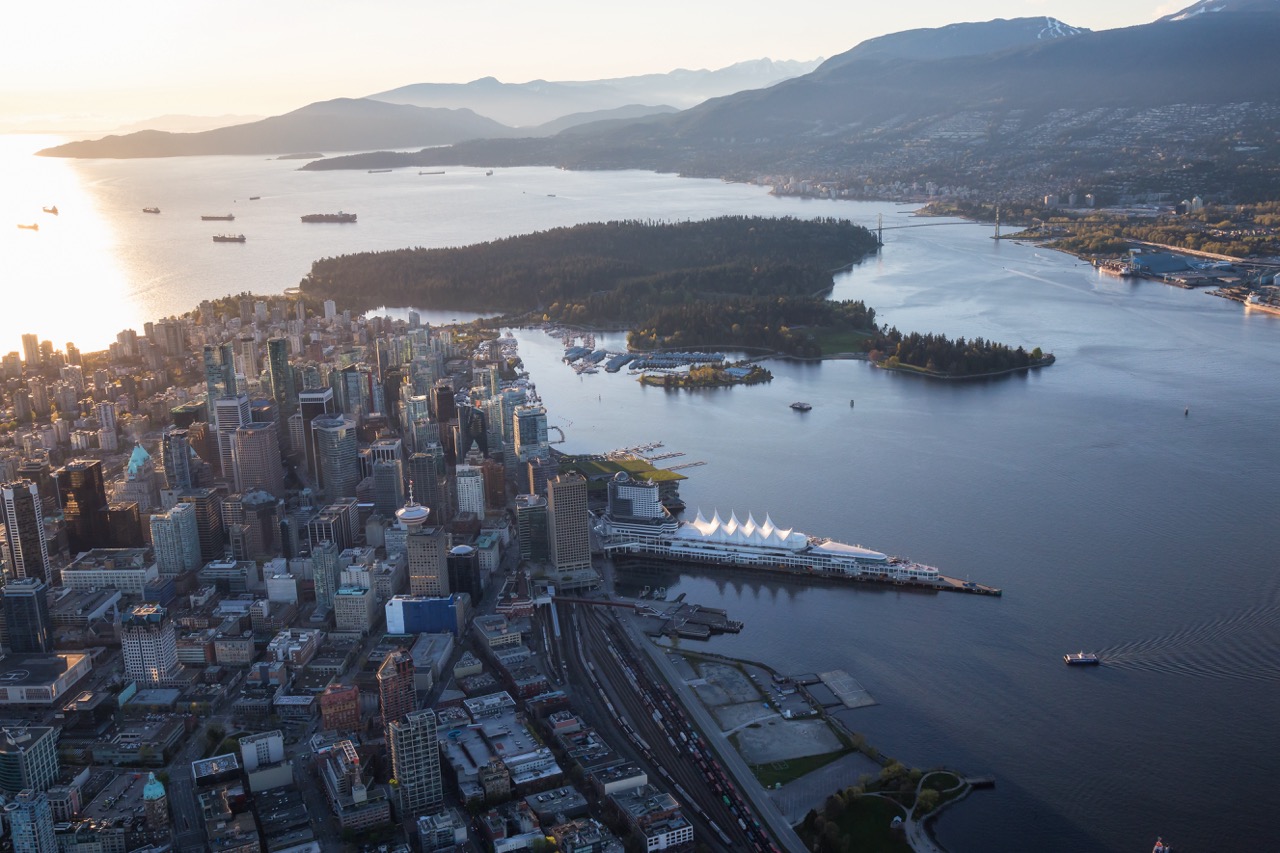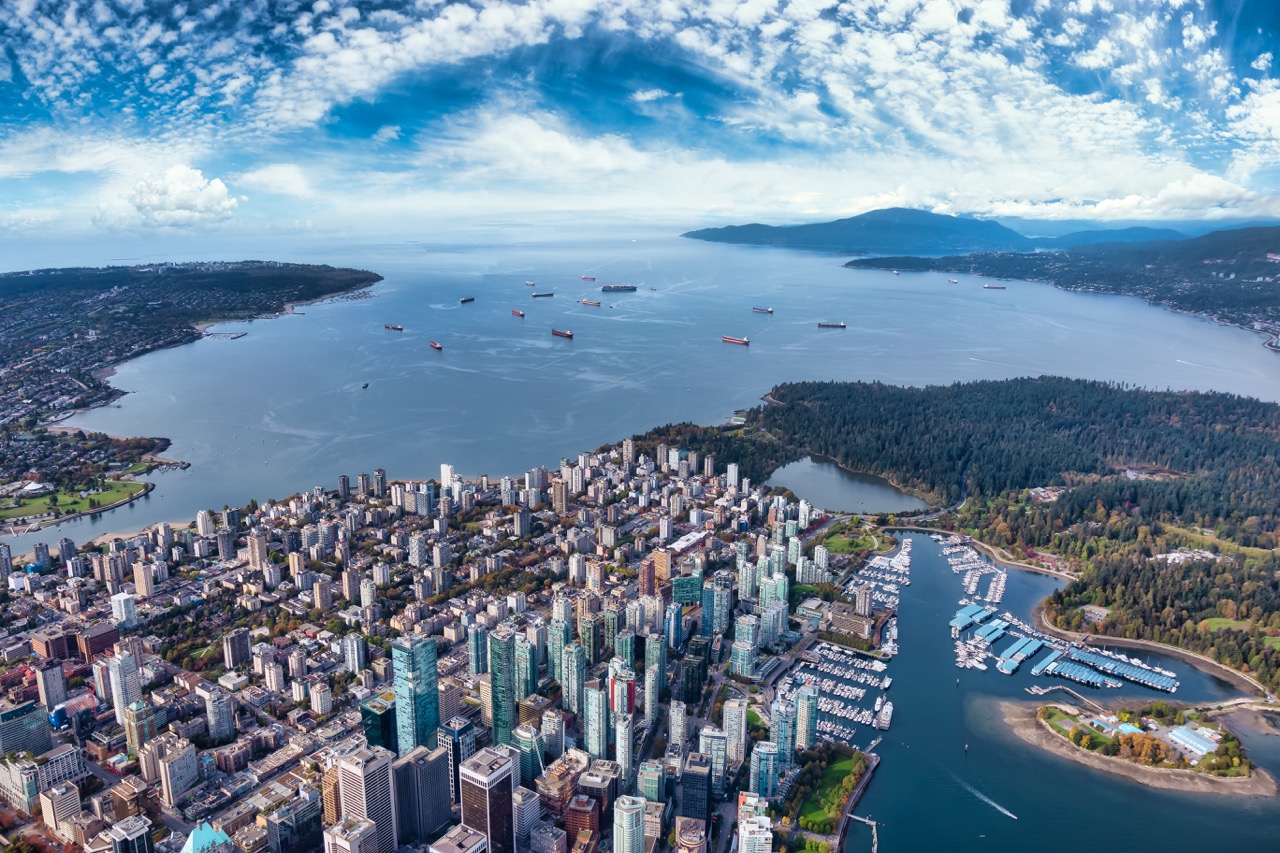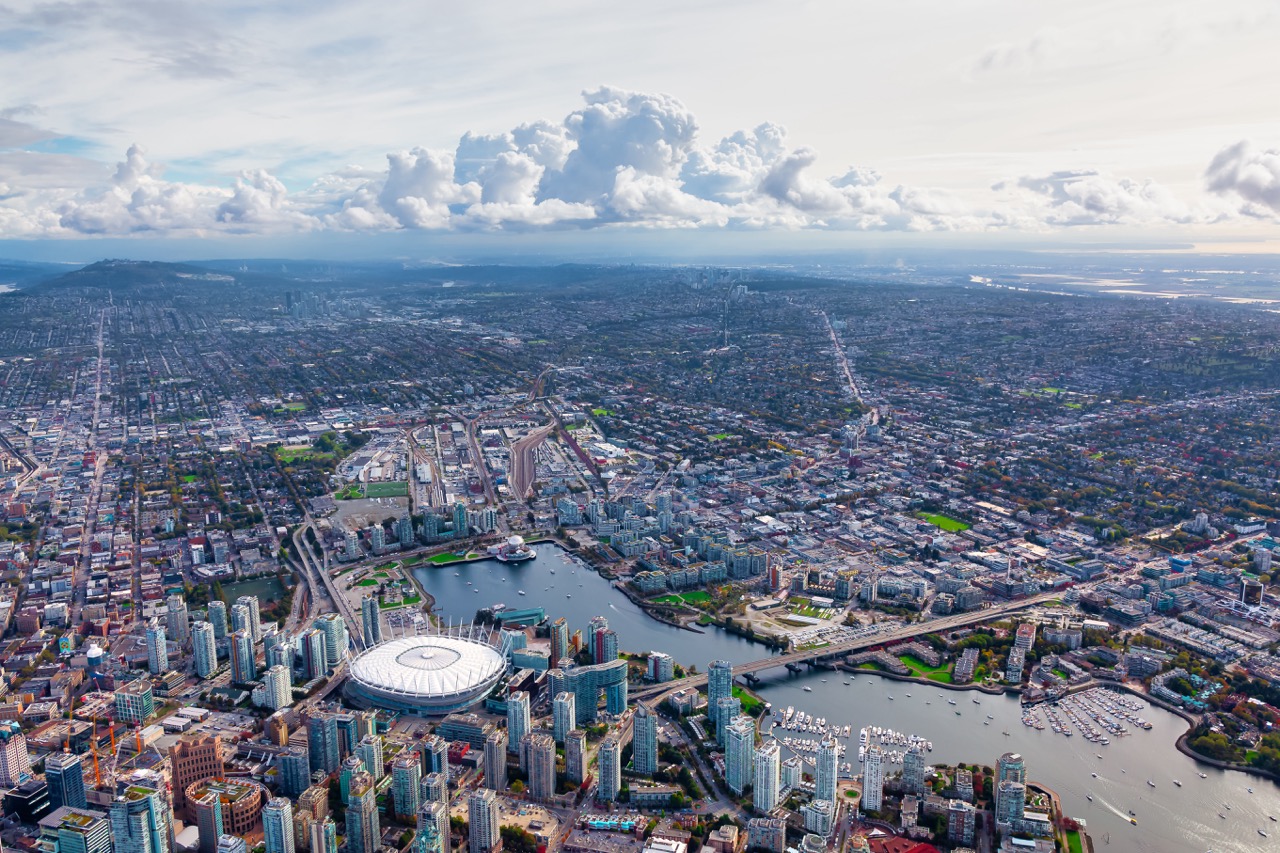British Columbia (BC) boasts a vibrant and diverse art scene, deeply influenced by its rich cultural heritage, stunning natural landscapes, and a community of innovative artists. From bustling urban hubs like Vancouver to quiet coastal towns, the province is dotted with numerous galleries and art spaces that showcase the talents of local and international artists alike. This article delves into the multifaceted art scene in British Columbia, examining its galleries, prominent artists, the significance of Indigenous art, emerging trends, and how it compares to other provinces in Canada.
Exploring the Diverse Art Galleries of British Columbia
British Columbia is home to an impressive array of art galleries, each offering a unique perspective on the province’s cultural and artistic identity. In Vancouver, the Vancouver Art Gallery stands out as a major landmark, hosting a rich collection of works by both Canadian and international artists. This gallery not only showcases contemporary pieces but also emphasizes historical works, providing a comprehensive overview of art evolution in the region. Smaller galleries, such as the Contemporary Art Gallery and the Equinox Gallery, contribute to the city’s dynamic art discourse by focusing on emerging artists and innovative exhibition practices.
Beyond Vancouver, the art scene is equally vibrant. Cities like Victoria, Kelowna, and Nelson host numerous galleries that reflect the local culture and artistic talent. The Art Gallery of Greater Victoria, for example, offers an extensive collection of Asian art, along with a strong representation of local artists. Meanwhile, in the Okanagan Valley, galleries such as the Kelowna Art Gallery highlight the region’s artistic diversity and support community engagement through workshops and educational programs. This broad spectrum of galleries makes BC a focal point for art lovers and collectors alike.
In addition to traditional galleries, alternative art spaces and artist-run centers have emerged throughout the province. Venues like Artspeak in Vancouver and the Kootenay School of Art in Nelson provide platforms for experimental work and foster collaboration among artists. These spaces are crucial for nurturing new talent and pushing the boundaries of contemporary art, creating a rich tapestry of artistic expression that reflects the diverse experiences of British Columbians.
Prominent Artists Shaping BC’s Contemporary Art Landscape
Several artists have significantly contributed to shaping the contemporary art scene in British Columbia, each bringing their unique voices and perspectives. Artists like Jeff Wall and Ian Wallace have gained international acclaim, redefining photography and conceptual art through their innovative practices. Wall’s large-scale photographic works are often characterized by their cinematic quality and meticulous composition, challenging viewers to engage deeply with the narratives he presents. Meanwhile, Wallace’s contributions to the development of photo-conceptualism have cemented his place as a pivotal figure in contemporary art.
In addition to established artists, a new generation is emerging, influenced by previous movements but eager to explore new themes and medium. Artists such as Liz Magor and Brian Jungen are pushing the boundaries of materiality and cultural commentary in their work. Magor’s sculptures often utilize found objects and natural materials, reflecting her deep connection to the environment, while Jungen’s creations interrogate Indigenous identity and global consumerism through the manipulation of commercial products. Their distinctive practices highlight how contemporary artists in BC are engaging with pressing social and environmental issues.
Furthermore, the collaborative spirit among artists in British Columbia is evident through various collectives and initiatives. The Vancouver-based artist collective, The Apartment, and the North Vancouver-based artist-run center, Artspeak, exemplify how artists are coming together to create meaningful dialogue and foster community engagement. This collaborative atmosphere not only enriches the province’s art scene but also contributes to a more inclusive and representative artistic narrative.
The Role of Indigenous Art in BC’s Cultural Heritage
Indigenous art is an integral component of British Columbia’s cultural landscape, with a history that predates European colonization by thousands of years. The province is home to a wealth of Indigenous cultures, each with its own distinct artistic traditions, ranging from totem pole carving to contemporary installations. Artists like Bill Reid and Susan Point have played crucial roles in revitalizing traditional forms while expanding their reach into contemporary discourse, thereby fostering a deeper appreciation for Indigenous heritage within the broader art community.
Contemporary Indigenous artists are increasingly gaining recognition, both nationally and internationally, for their innovative approaches to storytelling and cultural expression. Artists such as Rebecca Belmore and Lawrence Paul Yuxweluptun challenge stereotypes and address social justice issues through their work, prompting dialogue about the impact of colonization and the ongoing struggles of Indigenous peoples. Their contributions highlight the resilience and creativity of Indigenous cultures, making them pivotal figures in the contemporary art scene of British Columbia.
The integration of Indigenous art into mainstream galleries and exhibitions has also sparked important conversations about representation and cultural ownership. Institutions like the Museum of Anthropology at UBC and the Bill Reid Gallery of Northwest Coast Art actively showcase Indigenous artists and their work, creating spaces for education and dialogue. This increased visibility not only honors the traditions of Indigenous cultures but also promotes a more inclusive narrative within British Columbia’s art community.
Emerging Trends in British Columbia’s Art Community
As the art scene in British Columbia evolves, several emerging trends are capturing the attention of both artists and audiences. One notable trend is the growing emphasis on sustainability and environmental consciousness in artistic practices. Many artists are leveraging eco-friendly materials and exploring themes related to climate change, habitat restoration, and the natural environment. This shift reflects a broader societal concern for ecological issues and has resulted in art that not only engages aesthetically but also prompts critical reflection on our relationship with nature.
Another trend is the increasing intersection between art and technology. Artists are increasingly incorporating digital mediums, virtual reality, and interactive installations into their work, creating immersive experiences that challenge traditional notions of art consumption. This fusion of art and technology has opened up new avenues for creativity, allowing artists to engage with audiences in innovative ways. Initiatives like the Vancouver International Film Festival and the Vancouver Biennale are showcasing these interactive projects, underscoring the province’s commitment to exploring the frontiers of contemporary art.
Additionally, there is a notable movement towards community engagement and social practice in the arts. Many artists are now focusing on collaborative projects that involve local communities, addressing social issues through participatory art-making processes. This trend not only fosters a sense of belonging but also empowers individuals and communities to express their narratives through art. Organizations such as the Centre A in Vancouver are at the forefront of this movement, supporting artists who prioritize social engagement and community involvement.
How BC’s Art Scene Compares to Other Canadian Provinces
British Columbia’s art scene stands out in Canada due to its unique blend of cultural influences, geographic diversity, and the prominence of Indigenous art. Compared to provinces like Ontario and Quebec, known for their rich historical art movements, BC offers a more contemporary and experimental approach. The province’s artists often draw inspiration from its stunning landscapes and multicultural fabric, resulting in a distinctive artistic identity that differs from the more traditional practices seen in other provinces.
Ontario, home to the Art Gallery of Ontario and countless artist-run centers, remains a stronghold for contemporary art, yet its focus often leans toward urban narratives and historical references. Conversely, British Columbia’s art scene is characterized by a deeper exploration of environmental themes and Indigenous perspectives, reflecting the province’s unique context. The emphasis on sustainability and community engagement in BC’s art eliminates the stark divisions found in more urbanized provinces, fostering a sense of interconnectedness among artists and audiences.
Quebec, with its rich tradition in visual arts and a vibrant cultural scene, often emphasizes language and identity in its artistic expressions. While BC shares a commitment to cultural exploration, it does so through a lens of geographic diversity and a strong Indigenous influence. This dynamic interplay fosters a unique environment that encourages artists in British Columbia to experiment and innovate, positioning the province as a leader in contemporary Canadian art.
Future Prospects for Artists and Galleries in BC
The future of artists and galleries in British Columbia appears promising, as the province continues to invest in the arts and cultivate a supportive environment for creative expression. Recent government initiatives aimed at funding arts programs and promoting cultural tourism demonstrate a commitment to sustaining and enhancing the province’s vibrant art community. This support is crucial for emerging artists who rely on grants and resources to develop their practices and gain visibility.
Moreover, the growing interest in Indigenous art and cultural practices may lead to increased opportunities for Indigenous artists and communities. As awareness of the importance of representation and cultural sensitivity grows, galleries and institutions are more likely to prioritize Indigenous voices in their programming. This shift not only enriches the art scene in British Columbia but also fosters reconciliation and mutual understanding between Indigenous and non-Indigenous communities.
Lastly, the rise of digital platforms and online exhibitions presents new avenues for artists and galleries to reach broader audiences. The COVID-19 pandemic has accelerated the adoption of virtual art spaces, allowing artists to showcase their work beyond geographical limitations. This trend could lead to a more interconnected art community, where BC artists can engage with global audiences and collaborate with artists from different regions. As the art scene continues to evolve, the potential for innovation and growth in British Columbia remains expansive.
In conclusion, the art scene in British Columbia is a dynamic and evolving landscape that reflects the province’s diverse cultural heritage and innovative spirit. From its myriad galleries to the influential artists shaping contemporary narratives, BC’s art community is a vibrant tapestry of creativity. The critical role of Indigenous art, along with emerging trends and community engagement, positions British Columbia as a significant player in the Canadian art arena. As the province looks toward the future, the prospects for artists and galleries are bright, promising continued growth and exploration in this rich and multifaceted artistic environment.

